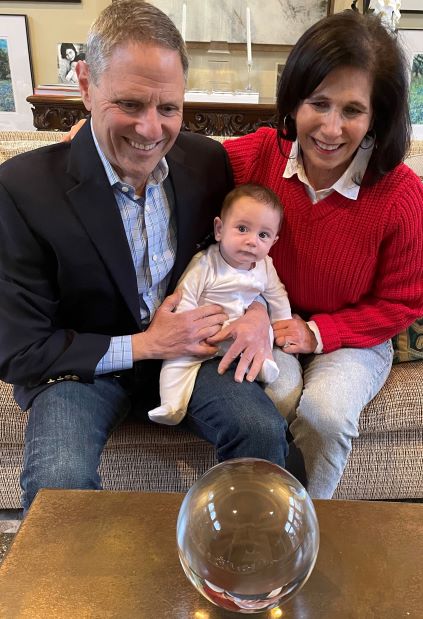Now that The Blum Firm has added Family Legacy Planning to our offerings, we are often asked: “How do we get started?” After an initial assessment so we know the family’s starting point, the first big step is to plan a family meeting. We recently provided some “do’s” and “don’ts” for the first meeting’s agenda. In particular, we suggested to start by focusing on values, rather than valuables. Asking everyone to tell their favorite family traditions, stories, and memories offers a non-threatening way to kick off the discussion. Then “look into a crystal ball” and encourage the family to dream big. Start with visionary questions, such as “What you want the family to look like in 25 years?” Then create a plan to help get from the family you are now to the family you want to become.
Here are some additional visionary topics to consider. Feel free to pick and choose the ones that best suit your family’s situation.
- What is the purpose of our family?
- What is the purpose of the family’s wealth?
- How does wealth impact your life (both good and bad)?
- What do you want for your life?
- What do you want collectively for the family as a whole?
- How do we avoid raising entitled kids?
The advantages of starting with lofty topics is that it levels the playing field. Everyone’s view is valid, regardless of age or level of sophistication. There are no rights or wrongs. Every voice counts and needs to be heard. It opens the door for more free-flowing communication, rather than a technical topic where the presenter may appear to be talking down or lecturing to some in the room. The goal is for everyone to participate and feel respected.
At the end of the first meeting, engage in brainstorming to select topics for upcoming family meetings. After the visionary topics, the agenda shifts to more informational items, such as the family’s business, estate plan, finances, and philanthropy. Getting input on future agenda topics from G-2 and G-3 is not only insightful, but it creates important buy-in. Be on the lookout for upcoming emails that will dive deeper into suggested agenda topics for future meetings.
A FINAL TIP: At the end of each meeting, schedule the next family meeting. By always setting the next date, place, and agenda, the family meeting process will drive itself. Staying a step ahead assures the process continues, as a family meeting is not a “one and done” event.
Marvin E. Blum

Marvin and Laurie Blum with grandson Oliver Savetsky.
